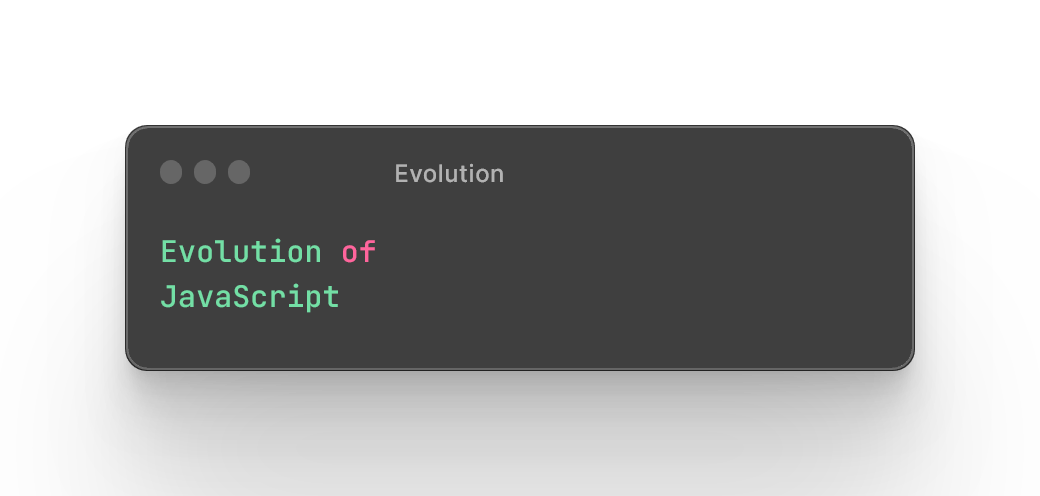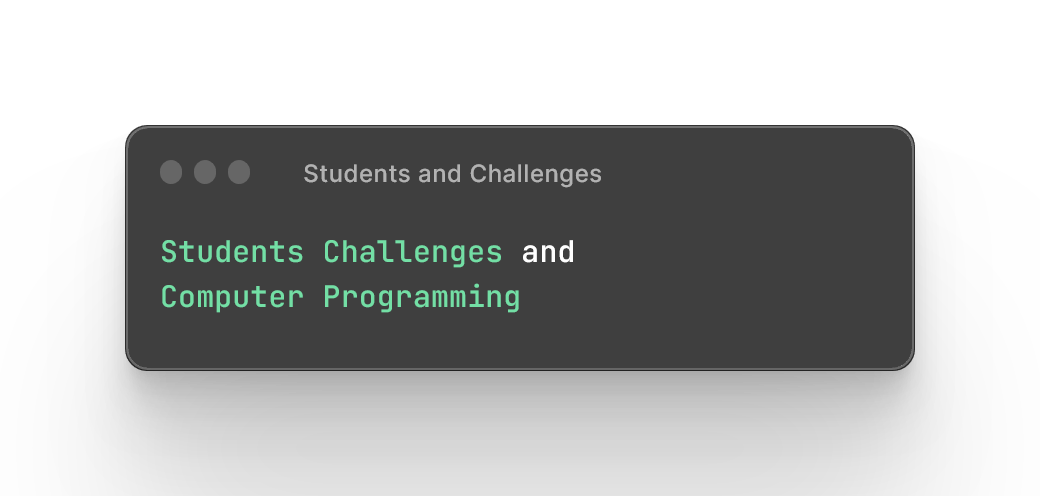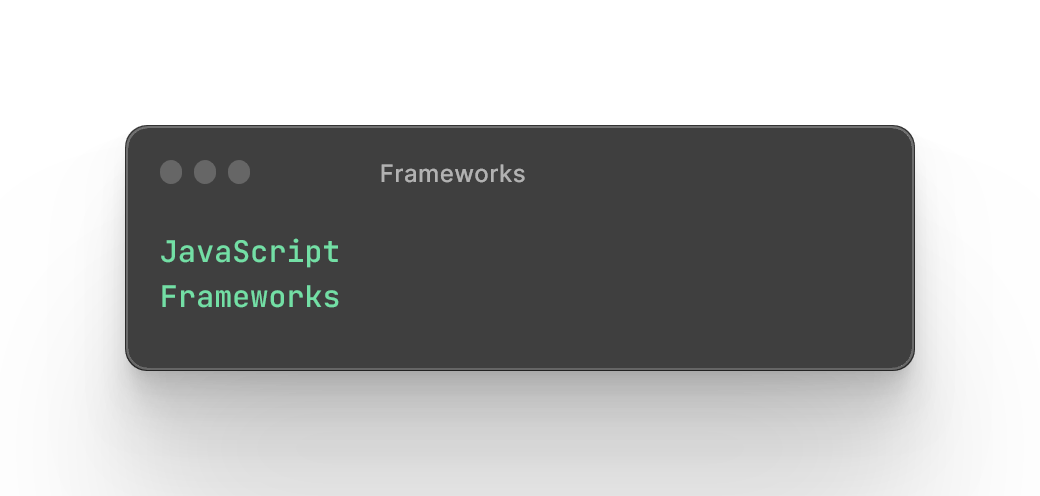
When diving into the world of programming, one of the most crucial decisions you'll face is selecting the right programming language. With an abundance of options available, each boasting its unique strengths and weaknesses, it can be challenging to make the right choice for your project. In this article, we will explore some popular programming languages, highlighting their pros and cons, and ultimately advocate for the importance of selecting a language that aligns with your project's specific needs.
Everybody in this country should learn to program a computer because it teaches you how to think.
-Steve Jobs
Python
Python has emerged as one of the most popular programming languages in recent years, renowned for its readability and simplicity. Its intuitive syntax allows developers to write code more efficiently and effectively, making it an excellent choice for beginners and experienced developers alike.
Pros:
- Clear and concise syntax, making code easy to read and maintain.
- Large community support, with extensive libraries and frameworks available.
- Great for rapid prototyping and development due to its simplicity.
- High demand in various fields, including data science, web development, and automation.
Cons:
- Performance can be a concern for computationally intensive tasks.
- Python's Global Interpreter Lock (GIL) may cause challenges in handling multi-threaded applications.
Java
Java, known for its "write once, run anywhere" capability, has been a dominant player in enterprise applications and Android app development for many years. Its robustness and platform independence have made it a favored choice for building large-scale projects.
Pros:
- Platform independence allows Java code to run on various systems without modification.
- Strongly-typed language with a focus on maintainability and scalability.
- Extensive standard library and frameworks for various purposes.
- Rich ecosystem with a vast number of tools and resources.
Cons:
- Requires more verbose code compared to some other modern languages.
- Slower startup time and higher memory consumption compared to languages like C++ or Go.
- Can be challenging for beginners to grasp complex concepts like memory management and threading.
JavaScript
JavaScript is the de facto language for web development, and with the rise of Node.js, it has also become prominent for server-side applications. Its versatility and wide adoption have cemented its position as a crucial language in the software development landscape.
Pros:
- Runs natively in web browsers, enabling interactive and dynamic user interfaces.
- Extensive ecosystem with numerous libraries and frameworks like React, Angular, and Vue.js.
- Single language for both front-end and back-end development (with Node.js).
- Great for building real-time applications and working with JSON-based APIs.
Cons:
- Asynchronous programming can lead to complex and error-prone code.
- Lacks strong typing, which can result in more runtime errors.
- Browser compatibility issues can be a headache for web developers.
C++
C++ is a powerful, performance-oriented language that is widely used in system programming, game development, and resource-intensive applications. It provides developers with fine-grained control over hardware resources, making it a top choice for projects where efficiency is crucial.
Pros:
- High performance with direct access to hardware resources and memory management.
- Extensive support for object-oriented and generic programming paradigms.
- Used in critical systems and performance-critical applications.
- Rich community and libraries for various domains.
Cons:
- Steep learning curve, especially for beginners in programming.
- Requires careful attention to memory management to avoid memory leaks and bugs.
- Code verbosity can be higher compared to other modern languages.
As we've explored some of the most popular programming languages along with their respective pros and cons, it's important to emphasize that the best choice ultimately depends on the nature of your project. There is no one-size-fits-all solution. Python might be ideal for rapid development and data analysis, Java for building enterprise-level applications, JavaScript for interactive web development, and C++ for resource-intensive tasks.
Therefore, advocate for the programming language that aligns with your project's requirements, your team's expertise, and the specific problem you aim to solve. Each language has its strengths and weaknesses, and a proficient developer can achieve remarkable results in any of them. So, choose wisely, embrace the language, and start crafting your code to build amazing software!






